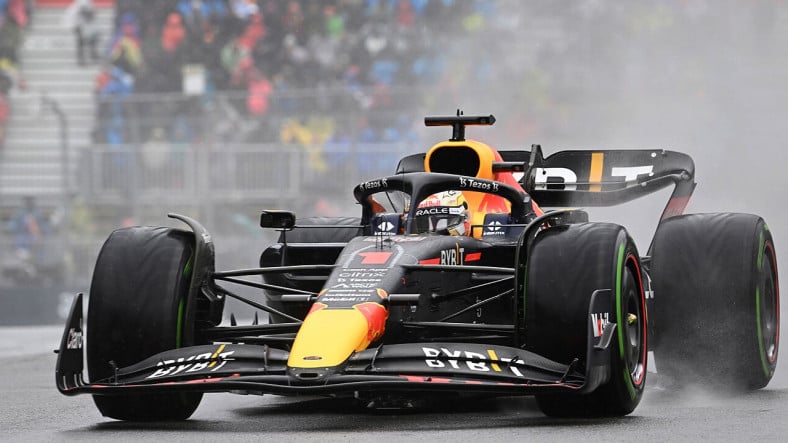Watching movies on the computer is a trivial thing nowadays, but converting bits and pixels into an encoded video that doesn’t take up a lot of space has never been easy. The first digital video compression format was released in 1984, and the result was so disastrous that there were hardly any applications. However, it was a turning point that would soon lead to other much more common codecs.
we talk about H.120 format, but it took more than 50 years of research and algorithm searching to get there. To find the origin of the idea of cross-frame compression, you have to go back to 1929. Technique that tries to find the relationship between consecutive frames just to record changes from one frame to the next. Without this idea, today’s videos would take up so much space that it would be nearly impossible to play them.
British RD Kell was the one who devised the concept, although he did it with analog video in mind. However, it is digital video that benefits, and most modern codecs today still rely on this idea.
It was at Bell Labs, the legendary AT&T labs, that the next step was taken to achieve effective video compression. In 1952, Bernard M. Oliver and CW Harrison proposed that differential pulse code modulation (DPCM) could be used for video, in addition to radio where it is commonly used. It is a technique in which samples are taken and then tried out. reconstructing a future image based on predictions. You won’t get great precision, but you don’t need that much data either.
From keyframes to the first video compression standard
These efforts to predict images to compress video eventually evolved into the concept of video. keyframesIt was presented by NHK (The Japan Broadcasting Corporation) in 1959. involves selecting an array. keyframes, space in the video and then encode the changes between them. Cue points scattered throughout the video save a lot of space.
In the early days of digital video in the 1970s, the techniques used were equivalent to television and telecommunications techniques. But converting analog video to digital was not very efficient. That’s when the need for better video compression techniques started to pick up speed.
In 1974 Professor Nasir Ahmed of the University of Kansas published the discrete cosine transform (DCT). A mathematical technique that eventually emerged first functional digital video compression algorithm. DCT splits images into segments of different frequencies.
during a process less important frequencies are removed and only those that allow adequate reconstruction of the image are left. This elimination of frequencies allows the video to take up much less space without affecting the result too much. It was simply the concept of the main frame, but implementing it through frequencies.
This DCT algorithm was optimized by multiple engineers and companies over several years, until in 1977 Wen-Hsiung Chen combined all previous research and published a paper explaining how motion compensated DCT video compression works. There it was described the video compression technique that has been used ever since. A few years later, in 1984, this knowledge led to the creation of the H.120 standard.
But this first compression standard was a disaster as no existing codecs were created for this format. The video quality was not optimal and a lot of quality was lost from one frame to the next. H.120 worked well with semi-static videos like those in video conferencing, but a lot of information was lost when the image changed too much. This initial standard ran at 1,544 kbps for NTSC and 2,048 kbps for PAL.
The solution came in 1988 with the H.261 codec, which was the first commercially successful compression algorithm to use effective techniques. If H.120 is practically forgotten, a standard with H.261 is used and Supported by major video companies like Hitachi, NTT or Toshiba.
H.261 introduced a block-based encoding technique that is still used in most modern codecs. They the maximum resolution was 352 x 288 pixels.
Since then, more modern encoders such as MPEG-1 or H.263 and the last H.266/VVC or AV1 have come, but the first encoded digital videos came in the 1980s. Now, however, without these initial compression algorithms, we wouldn’t be able to have 4K videos with a massive bitrate that takes up little more than a few GBs.
on Xataka | Ten documentaries on the history of computing that you can’t miss
















